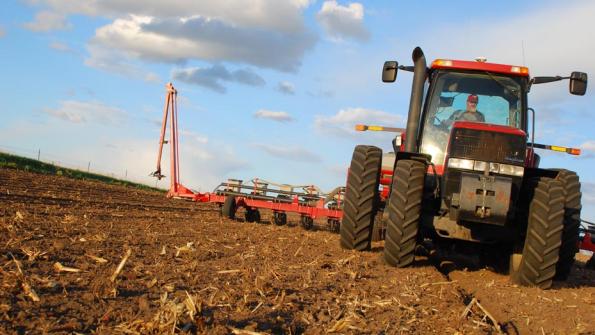March 30, 2012

The early spring in many parts of the country has corn growers considering whether now is the time to plant. Early planting can provide potential benefits, such as more time for crop development and the potential to help reduce the effects of mid-summer droughts. But early planting isn't risk free. For those considering early planting, Pioneer agronomists recommend the following tips.
Don't just look at today's weather, look at tomorrow (and the next day), too.Agronomic experts recommend looking at the weather forecast 10-days post-planting as this period can have the most impact on seed growth. When the first water imbibed by a seed is too cold – such as via a cold rain – imbibitional chilling injury can result. A spring frost also can decrease corn plant populations or force replant. Freezing temperatures can kill the growing point even if it is under the soil surface. As temperatures increase, the process needed for germination occurs at a faster rate, leading to more rapid emergence.
Evaluate hybrids for stress emergence scores.Pioneer assigns stress emergence scores to help growers choose products for early planting or fields with a history of cold stress challenges. Pioneer also assigns high-residue suitability ratings based on a combination of the following trait scores: stress emergence, northern corn leaf blight, anthracnose stalk rot, gray leaf spot and Diplodia ear rot.
For no-till or reduced-till operations, it may be best to delay planting.Residue over the seed furrow can reduce soil temperatures by 10° or more, leading to delayed emergence and possible stand loss.
You May Also Like




